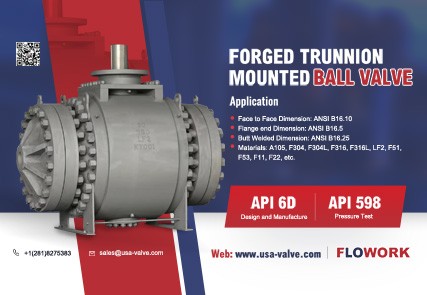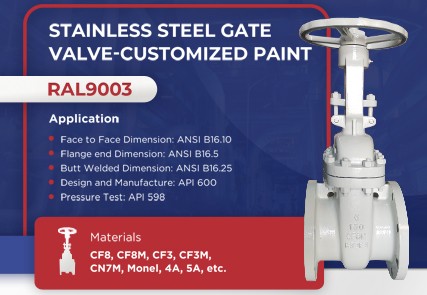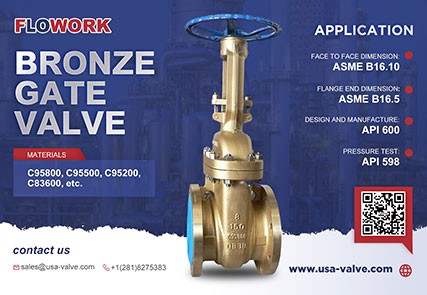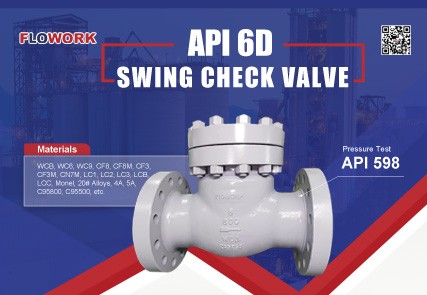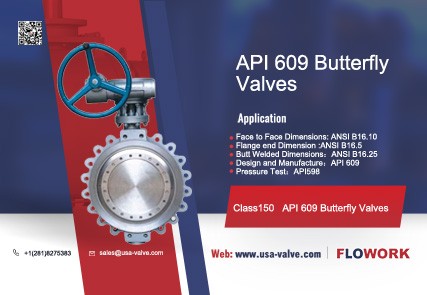How to Choose the Right Plug Valve
Introduction
Plug valves are essential components in industrial piping systems, valued for their reliable shut-off capabilities. Selecting the correct valve for your application is crucial for performance and safety. This guide provides a clear framework to inform your decision-making process.
What is a Plug Valve?
A plug valve is a quarter-turn rotary valve. It uses a cylindrical or tapered plug with a flow passage. Rotating the plug 90 degrees opens or closes the flow path. This simple design is ideal for on/off control and handling fluids with suspended solids.
Types of Plug Valves
Lubricated Plug Valves
These valves use an injected sealant to reduce operating torque, ensure a tight seal, and prevent corrosion. They suit abrasive or corrosive services but need regular lubricant replenishment.
Non-lubricated Plug Valves
They feature a PTFE or elastomeric sleeve, offering maintenance-free operation and corrosion resistance. Ideal for services where lubricant contamination is a concern.
Pressure Balanced Plug Valves
Designed for high-pressure applications, they prevent pressure build-up in the body cavity, enabling easier operation and enhancing safety.
High Temperature Plug Valves
Constructed with special materials and seals to perform reliably in extreme heat applications like power generation and refining.
Jacket Plug Valves
An external jacket allows circulation of heating media (steam, thermal oil) to prevent fluid solidification, used for heavy oils or molten sulfur.
Hard Seal Plug Valves
Metal-to-metal seating provides durability for high-temperature and abrasive services, though with a potentially higher leakage rate than soft seals.
Soft Seal Plug Valves
Elastomeric seals (EPDM, NBR) ensure bubble-tight shut-off for water, gas, and chemicals, limited by the seal material's temperature and chemical resistance.
Lifted Plug Valves
A mechanism lifts the plug before rotation, reducing friction and torque. Beneficial for large or high-pressure valves.
General Plug Valves
Standard valves suitable for general-purpose applications without extreme conditions.
Key Factors for Choosing a Plug Valve
Application Needs
Define the service: on/off isolation, flow diversion, or slurry handling. The media type dictates the valve choice.
Pressure and Temperature
The valve's pressure class and temperature rating must exceed system operating conditions.
Material Compatibility
Valve body, plug, and seal materials must resist corrosion from the process media.
Seal Selection
Choose hard seals for harsh conditions (high heat, abrasion) or soft seals for bubble-tight shut-off where conditions allow.
Maintenance Requirements
Consider long-term costs. Lubricated valves need periodic maintenance; non-lubricated valves have higher initial cost but are maintenance-free.
How to Choose the Right Plug Valve
Step-by-Step Selection Process
- Define Media:Identify fluid type and properties (e.g., corrosive, abrasive).
- Determine Conditions:Note maximum operating pressure and temperature.
- Select Type:Match the valve type to the application (e.g., non-lubricated for chemicals).
- Choose Materials:Select compatible body and seal materials.
- Confirm Operation:Decide between manual or actuated operation.
Avoiding Common Errors
- Error:Using a general-purpose valve for severe service.
- Solution:Always specify for the most extreme conditions.
- Error:Overlooking maintenance capabilities.
- Solution:Choose non-lubricated valves if maintenance resources are limited.
Conclusion
Selecting the right plug valve requires a systematic assessment of your application's needs against valve capabilities. Careful evaluation ensures long-term system performance and reliability. Consult with experts for complex applications.
FAQ
What is the main advantage of a plug valve?
Excellent shut-off capability, especially for slurries or viscous fluids.
Lubricated vs. non-lubricated plug valves?
Lubricated valves need periodic sealant injection. Non-lubricated valves use sleeves for maintenance-free, contamination-free service.
Can plug valves be used for flow control?
They are primarily for on/off service. Limited throttling is possible, but other valves (e.g., globe valves) are better for precise control.
How to select the right material?
Base the selection on chemical compatibility with the media and the operating pressure/temperature. Consult corrosion charts and manufacturers.
Where to get specific advice or a quote?
Contact Flowork for expert advice and reliable plug valves. Our technical team can provide personalized solutions. Contact us for assistance.



